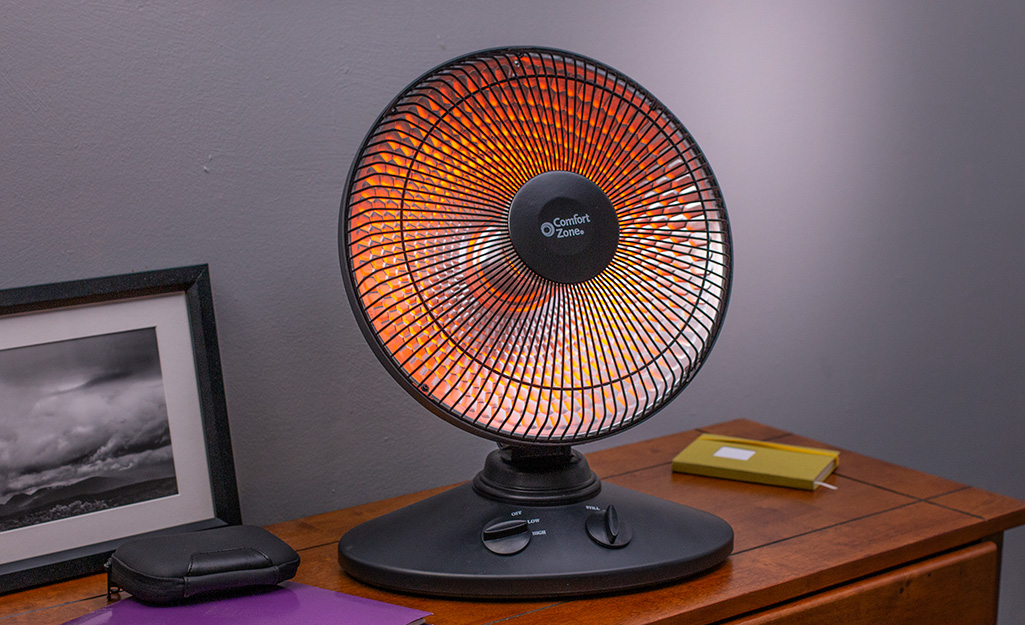How 1 Source Portable Air can Save You Time, Stress, and Money.
The 7-Minute Rule for 1 Source Portable Air
Table of ContentsThe 1 Source Portable Air PDFs6 Simple Techniques For 1 Source Portable Air1 Source Portable Air for DummiesWhat Does 1 Source Portable Air Mean?The Definitive Guide for 1 Source Portable Air
Running prices are based on an electrical energy rate of 40c/kWh. The costs for 3 months' use in winter season are based upon 500 hours use, or around 6 hours daily for 3 months. Optimum warmth result is based upon the optimum wattage of the models we've tested (we focus on higher power level heating units).
This depends upon what expense you're considering ahead of time acquisition, or running price? Customarily, there are trade-offs with either selection. Typically, small follower heaters are cheaper to buy, yet can have greater running prices. Oil column heating systems will certainly be the most inexpensive on the marketplace to run (typically) however just by a slim margin in advance of convection heating units (like panel and micathermic panels).
Some Of 1 Source Portable Air
If you have a reversible ceiling follower, it'll help distribute the warmth around the room a lot more equally. A number of pricey heating systems have actually failed to thrill our testers, while some cheaper designs make for remarkably excellent buys.
As the name recommends, they emit warm from a heated burner (so the family members will have to take turns sitting in front of it). There are flooring and wall-mounted versions available. Radiant heating units are reasonably affordable. They have a cosy glow and individual warming result, like sitting in front of a fire.
The relatively exposed burner can be a fire and safety and security hazard. For example, a piece of clothes dropped over it may spark, or little kids messing around a flooring version might melt themselves, so be mindful. Radiant heaters generally cost in between $20 and $200. Oil-filled column heating systems do not really shed oil they utilize electrical power to heat up the oil that's sealed inside their columns or 'fins'.
About 1 Source Portable Air
Some column heating units aren't even oil-filled yet rather utilize various other material or home heating innovation to work the very same method - 1 Source Portable Air. The threat of fire with an oil column heating unit is reduced compared to various other heating unit kinds, however never ever no. Oil heating systems don't have actually exposed components like radiant heating systems do, and their surface temperature level is less than numerous various other heater kinds (their large surface offsets it)
Oil column heaters will not explode, and while they don't melt their oil to generate warm, it's still combustible, so there is a fire risk if the oil leakages, if the heating system topple and leakages, or if flammable objects or textile enter call or fall on the my company heating unit. You need to exercise the exact same level of care with oil heaters as for other heater types, and never hang towels or garments over one to completely dry them use a drying rack rather, at the very least one metre away.
Column heaters are particularly beneficial in areas where they'll be switched on for extended periods of time or where they'll operate ignored, such as over night in a room. The surface areas you're most likely to touch on a column heater don't get as hot as other kinds of electric heating units. You can utilize a ceiling follower on really reduced rate to aid the column heating system to disperse the warmth quicker and a lot more equally.
If there's not much air activity (for instance, if you're resting reading or viewing TV), the heat might not be dispersed uniformly. Oil-filled column heating units typically cost in between $50 and $450. Convection and panel heating systems attract chilly air over an electric home heating element. The warmed air after that leaves the heating unit and increases towards the ceiling, while cooler air moves in to change it.
All about 1 Source Portable Air

Convection and panel heating systems are much more mobile than their oil-filled column heater equivalents because they're dramatically lighter. They'll heat the air in a space evenly and swiftly. Like a column heating system, you can utilize a ceiling follower on very low speed to disperse the warmth faster and extra evenly. Some designs, specifically panel heaters, are somewhat expensive to purchase.

An Unbiased View of 1 Source Portable Air
Follower heating units are usually smaller sized and extra mobile than various other electrical heating units. They likewise are available in the type of tower fan heaters, which can be address better for dispersing warmth around bigger areas because of their taller profile. They can heat the air in an area extra swiftly, uniformly and swiftly than some other heater types.
They can be fairly loud with this website the fan on full power, though are normally reasonably peaceful at lower fan speeds. Fan heating systems (ceramic or otherwise) generally expense between $60 and $900. Ceramic fan heaters aren't necessarily any type of different in cost to non-ceramic versions. A fairly current entrant right into the consumer market, infrared heaters heat the area like the sun warms your face (without the UV rays so no risk of skin cancer). 1 Source Portable Air.